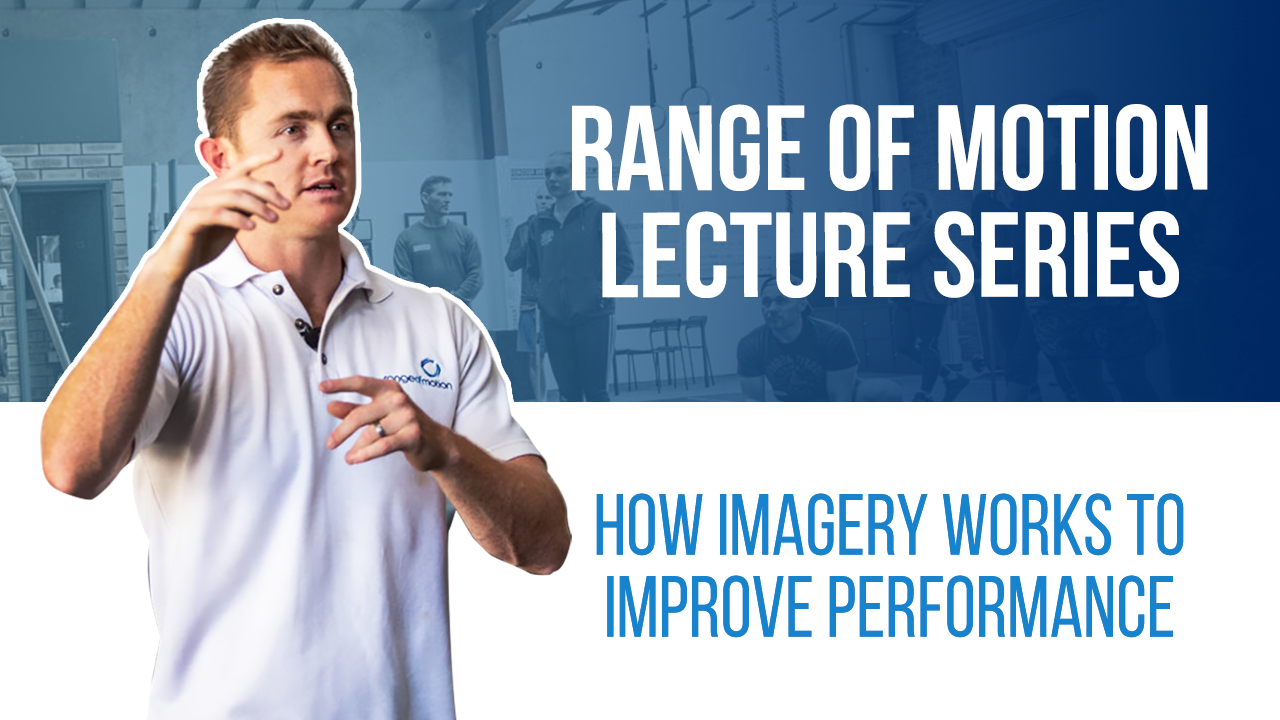Transcribed from video:
– We have the same neuromuscular patterns in our bodies, whether we’re performing a skill or thinking about the skill. They put electrodes on people’s heads, and that person has then done a long jump. They’ve measured what the brain activation patterns are. Then they’ve done the same thing, and they’ve thought about doing a long jump, identical. We can train those neural pathways, particularly when it comes to more complex skills. A lot of athletes I work with who are suffering from injuries, instead of programming an Olympic lifting session, it will say, spend five minutes imagining that you’ve snatched 100 kilos. So they’re training, they’re able to train even though they’re injured because we work on the mental side of stuff. It allows you to become more familiar with the task at hand. So again, if we use the example of a snatch, you know there are certain positions that you have to hit as you’re lifting, and if you hit each of those positions, it’s going to be a good lift. And you can practise that, and when we go through some of these today, you’ll really be able to then take away that visualizer. I PBed my snatch after not training it for six to 12 months because I’d spent so long coaching it. So me, by being a better coach, by teaching people, every time I was teaching people, bam, bam, bam, it’s firing off these little nerves and synapses in my brain, and then I went and PBed it. It shows how nondependent on strength some of these more complex movements are. It can allow you to improve your concentration, ’cause if you’re visualising something, it will start to narrow your attention. It’ll reduce anxiety and also enhance your confidence. If you deadlift 100 kilos in your mind, as far as your mind’s concerned, you can now deadlift 100 kilos. So it makes you a lot more confident that you’re able to complete that skill. And it allows you to respond to certain stimuli in the environment. So when you’re visualising, make sure sometimes things go wrong. Yeah, so visualise there being a problem. Which is your plan A, your plan B, and your plan C, so that when it does go wrong, you can adapt to that very quickly.





